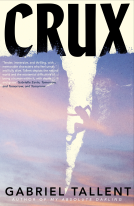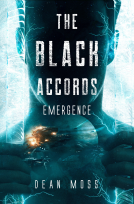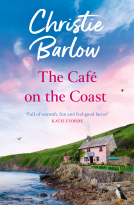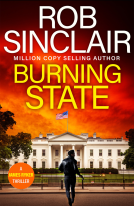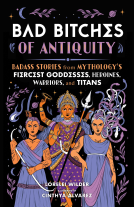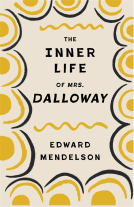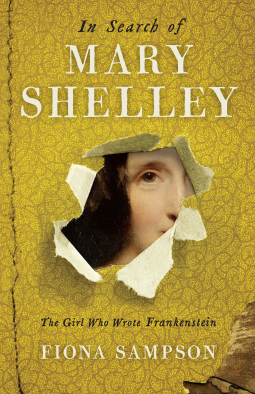
In Search of Mary Shelley: The Girl Who Wrote Frankenstein
by Fiona Sampson
This title was previously available on NetGalley and is now archived.
Buy on Amazon
Buy on BN.com
Buy on Bookshop.org
*This page contains affiliate links, so we may earn a small commission when you make a purchase through links on our site at no additional cost to you.
Send NetGalley books directly to your Kindle or Kindle app
1
To read on a Kindle or Kindle app, please add kindle@netgalley.com as an approved email address to receive files in your Amazon account. Click here for step-by-step instructions.
2
Also find your Kindle email address within your Amazon account, and enter it here.
Pub Date Jan 04 2018 | Archive Date Jan 09 2018
Serpent's Tail / Profile Books | Profile Books
Description
Mary Shelley was brought up by her father in a house filled with radical thinkers, poets, philosophers and writers of the day. Aged sixteen, she eloped with Percy Bysshe Shelley, embarking on a relationship that was lived on the move across Britain and Europe, as she coped with debt, infidelity and the deaths of three children, before early widowhood changed her life forever. Most astonishingly, it was while she was still a teenager that Mary composed her canonical novel Frankenstein, creating two of our most enduring archetypes today.
The life story is well-known. But who was the woman who lived it? She's left plenty of evidence, and in this fascinating dialogue with the past, Fiona Sampson sifts through letters, diaries and records to find the real woman behind the story. She uncovers a complex, generous character - friend, intellectual, lover and mother - trying to fulfil her own passionate commitment to writing at a time when to be a woman writer was an extraordinary and costly anomaly.
Published for the 200th anniversary of the publication of Frankenstein, this is a major new work of biography by a prize-winning writer and poet.
Available Editions
| EDITION | Other Format |
| ISBN | 9781781255285 |
| PRICE | £18.99 (GBP) |
| PAGES | 320 |
Average rating from 16 members
Readers who liked this book also liked:
The Black Accords: Emergence
Dean Moss
General Fiction (Adult), Mystery & Thrillers, Sci Fi & Fantasy
Dean Moss
General Fiction (Adult), Mystery & Thrillers, Sci Fi & Fantasy
